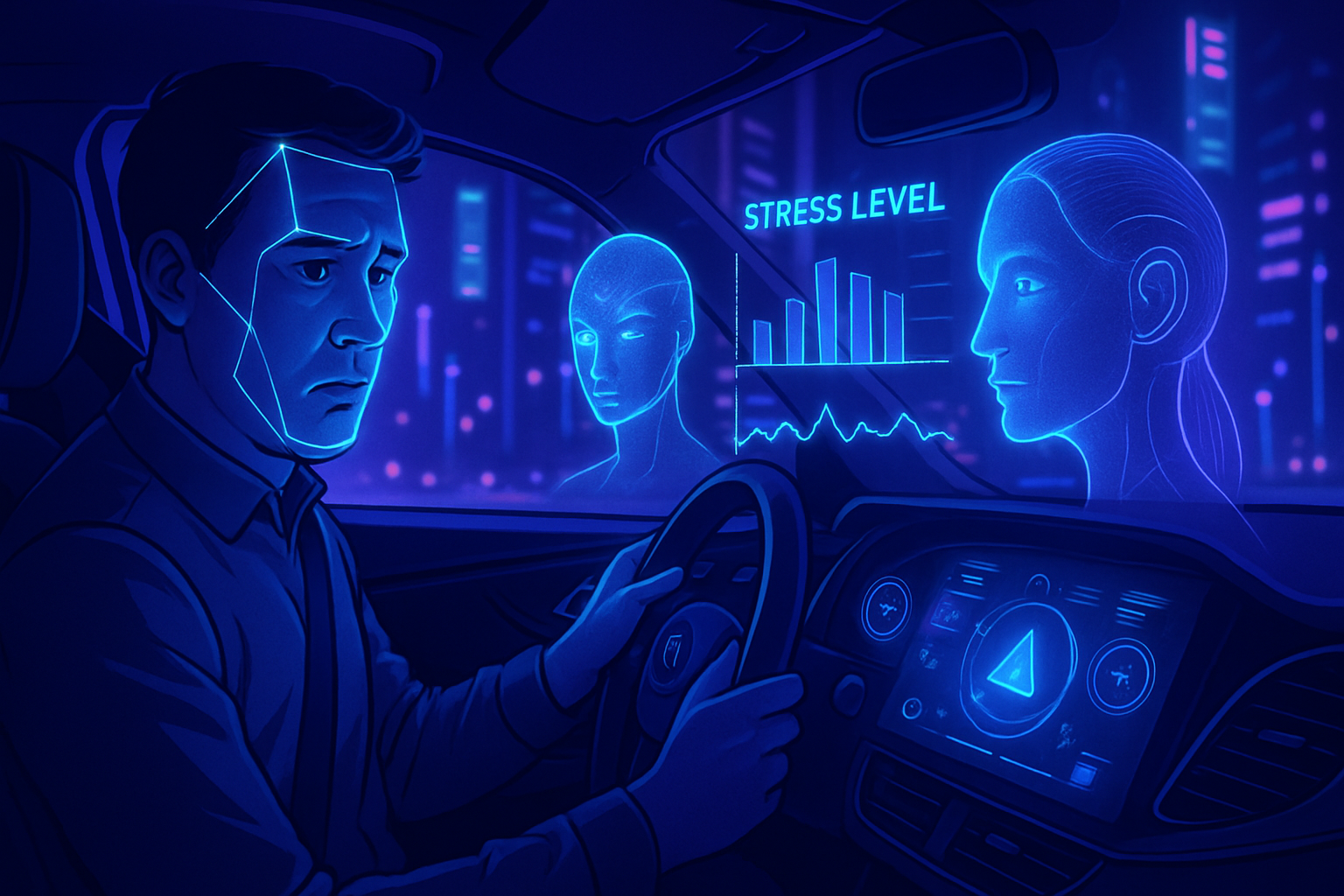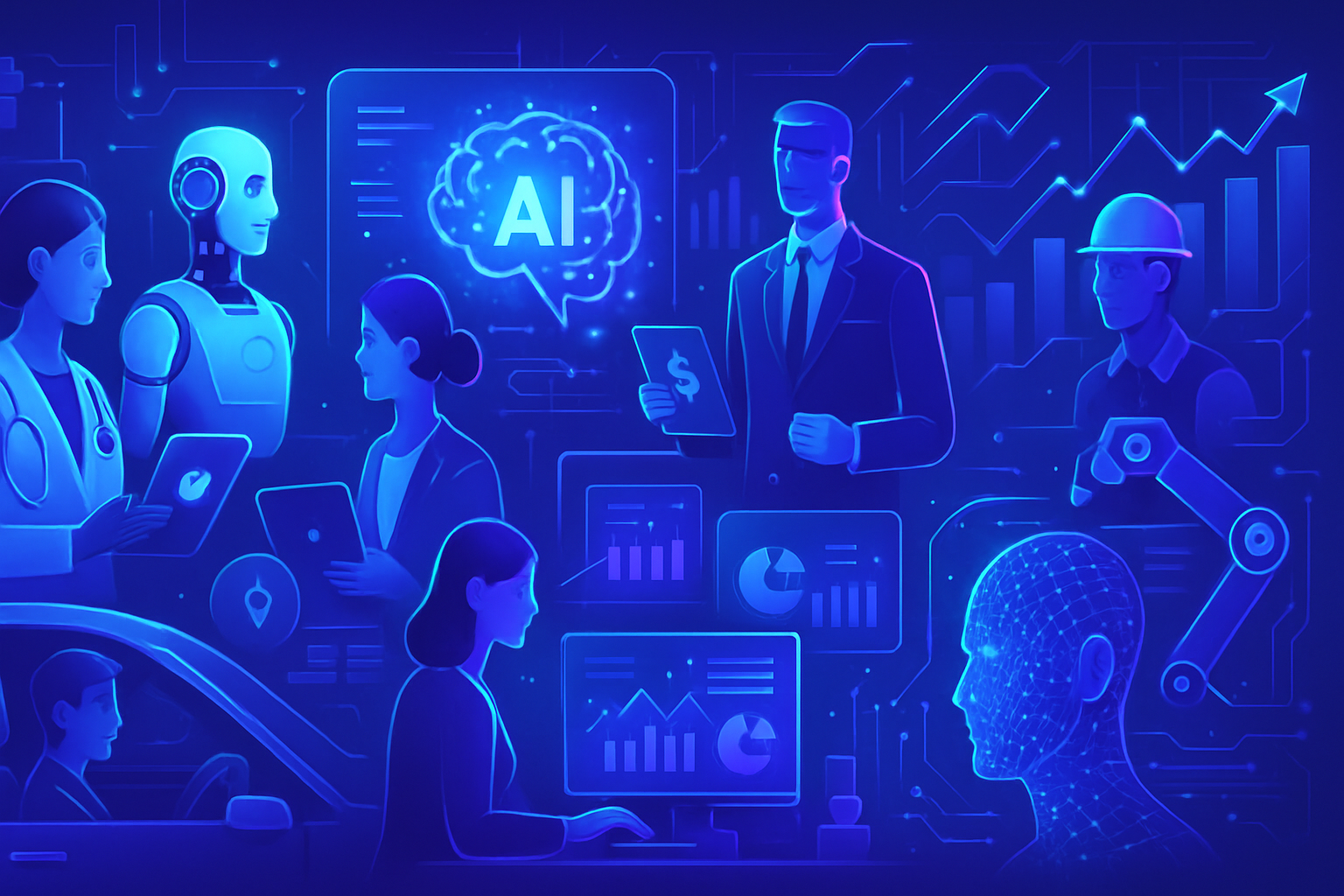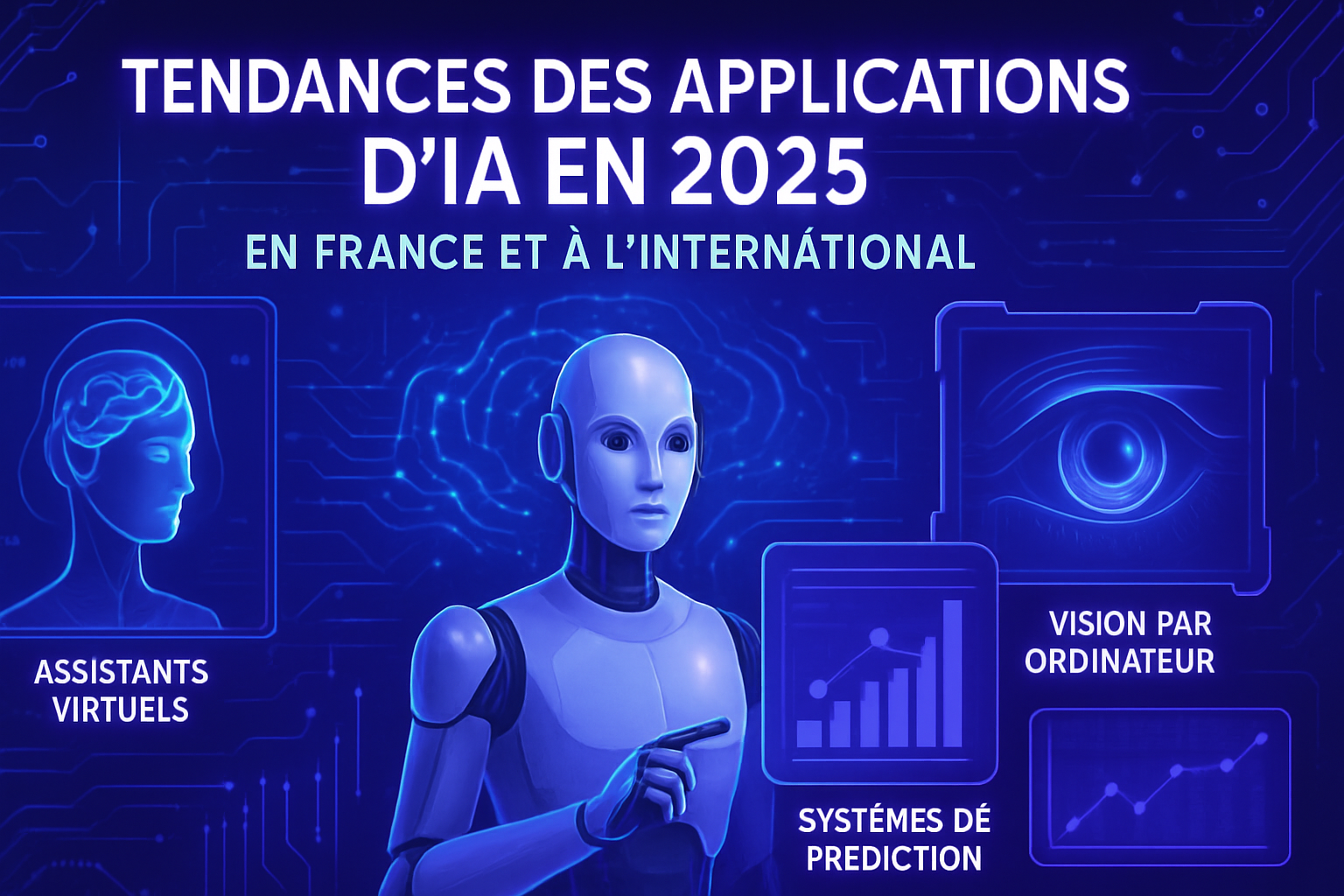FAQ on Identifying Sources of Driver Stress Using an AI Model
What stress factors have been identified by the AI model for drivers?
The AI model identifies several stress factors, including the presence of pedestrians and moving vehicles, distracting elements such as traffic signs and advertisements, as well as the complexity of the urban landscape.
How does the AI model assess driver stress?
It uses real-time visual data analysis, taking into account various aspects such as traffic conditions, the urban environment, and the presence of other road users to evaluate driver stress.
What practical applications could arise from this research on driver stress?
The results can be used to design safer urban infrastructure, improve road signage, and develop driver assistance systems that alert drivers to stressful situations.
What measures can be taken to reduce driver stress according to the study’s results?
Urban planners and traffic authorities can better design intersections, minimize sources of distraction, and optimize traffic management in sensitive areas, contributing to lower stress levels.
Does the AI model take physiological data into account to estimate stress?
No, the model focuses exclusively on the visual elements of the road environment, without analyzing physiological signals or vehicle movements.
How can this research improve road safety?
By identifying elements that cause stress, measures can be implemented to reduce these factors, which can help decrease the number of road accidents and improve overall safety.
What types of data were used in the study regarding driver stress?
The study used a combination of images and videos analyzed by machine learning models to assess the road landscape and its effects on driver stress.
How can intelligent driving assistants benefit from this research?
Driving assistants could integrate the findings of this research to provide real-time recommendations to drivers, warning them of elements likely to cause stress or distraction.






